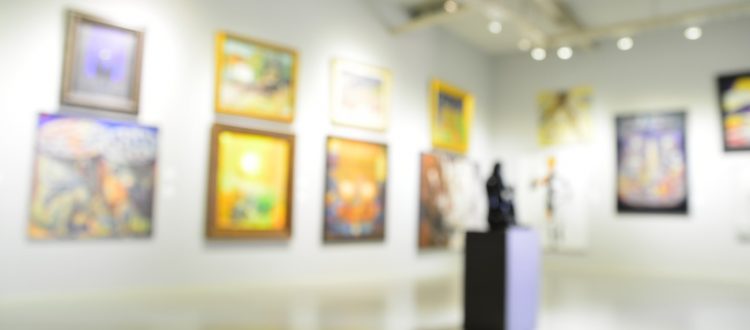AirLifting Helps Homeless and Disabled Individuals Make a Living Off of Their Artwork
While it is often said that art is for everyone, when you’re homeless or disabled, it can be difficult to turn your passion into a living. But Liz Powers of Cambridge, MA, is on a mission to not only help represent these very people but to make sure their hardships aren’t a hindrance but an asset.
Powers first realized that there was great artistic potential for these two underrepresented groups when running art programs at homeless shelters. While working with these populations, she saw fantastic works of art were seemingly piling up left and right and going nowhere.
So Powers decided to showcase this incredible work and soon after organized an exhibit in Boston that displayed the work of homeless and disabled artists. During the process, she found that people actually wanted to buy the work.
And in 2013, the brokerage firm ArtLifting was created. Within 18 months, she and her brother, Spencer Powers, had sold a whopping six figures’ worth of art, helping five artists to find housing.
According to the Christian Science Monitor, Powers was met with hardship and opposition when she first came up with the idea. When the 2010 Harvard graduate told her former sociology professor, Tim Nelson, of the idea, he responded saying, “Is there a market for this? I don’t know [whether] people would just be buying it out of pity.”
But according to Powers, the exact opposite turns out to be true.
“We totally turn that [idea] on its head,” she told the Christian Science Monitor. “These are incredibly talented artists, and almost all of them are totally self-taught and just have raw talent, which makes it even more impressive that, despite the challenges they’ve faced their whole life, they’ve created this amazing beauty.”
Currently, there are 65.7 million caregivers for disabled individuals in the United States. Yet unlike typical caregivers, Powers empowers her artists to transcend the stereotypical confines of homelessness and disabilities.

